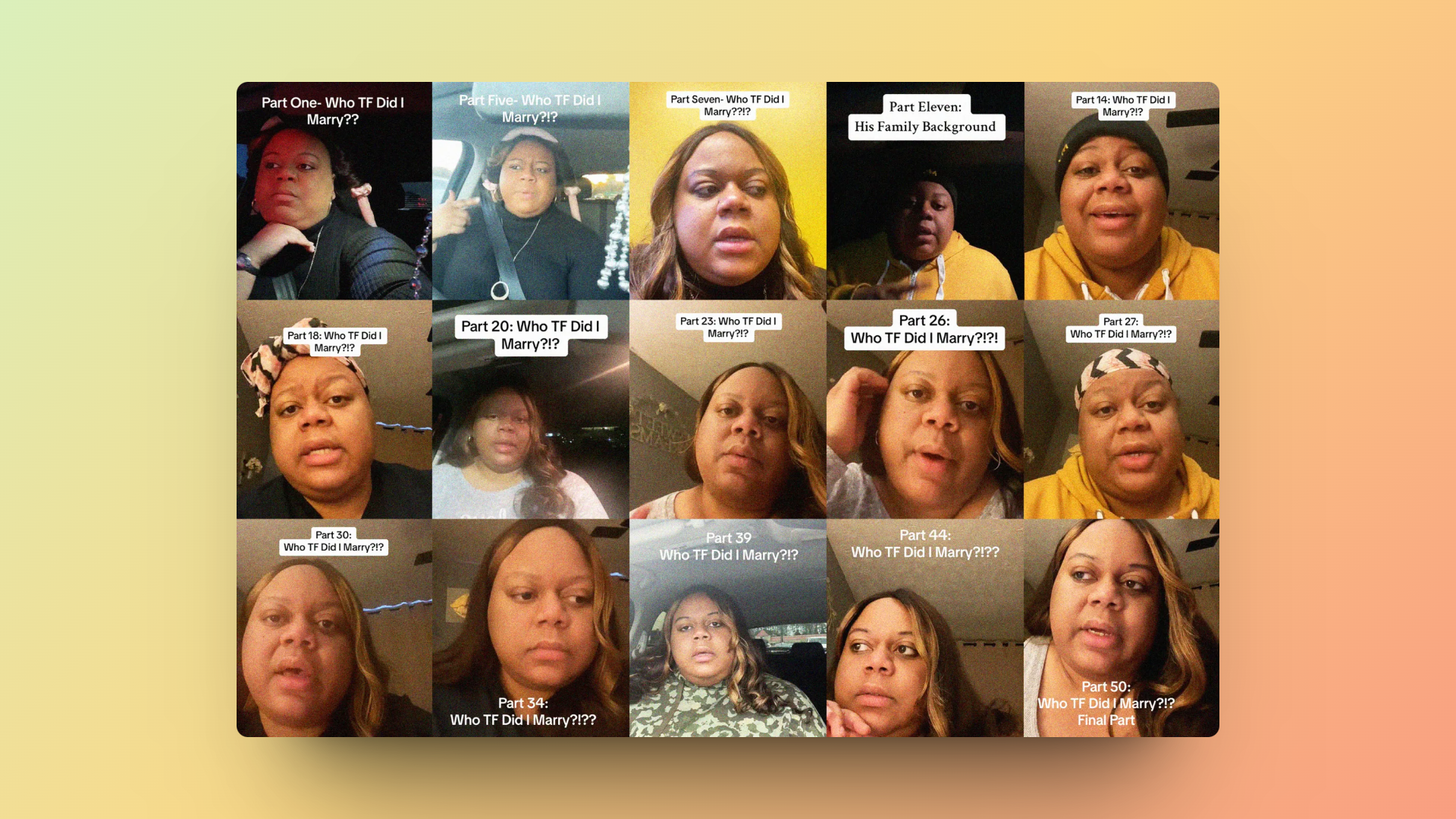We associate personal brands with a lot of things. Depending on whether you re a founder, a creator, or even a professional working in marketing, in this day and age we should all think about building a personal brand.
I am a sucker for definitions, yet most times I find that they can be incredibly restrictive at times. Welcome to a good old rambling semantics, you all. As literature and language graduate, I have a passion for words and their meanings.
When building a personal brand, you’ll start first by defining your branding guidelines and creating your brand bible.
If we go for the Cambridge’s dictionary definition, branding can be summarised as
the act of giving a company a particular design or symbol in order to advertise its products and services
Defining your personal brand is a process that is carried out through strategy and planning.
In this case, my favourite ever definition comes from the ominous website PersonalBrand.com:
A personal brand is a widely-recognised and largely-uniform perception or impression of an individual. It is based on their experience, expertise, competencies, actions and/or achievements within a community, industry, or the marketplace at large.
Branding is a perception that your public and the wider audience have of you. It can be shaped by using content, contribution, partnerships, services and intention. Not everyone should be necessarily worried about crafting a personal brand, but everyone should work on refining their brand identity. However, if you are the founder of a company or startup, creator, freelancer – heck, a professional looking for new opportunities online, then you are your brand (personal or otherwise).
When do we need branding guidelines?
By me being a multi-passionate entrepreneur, I embody a few categories of a brand identity- all in one neat tiny package.
- Fab the head teacher and founder of Alt Marketing School. She wants her students and 80k+ audience of her company to have a clear picture in their hands of how the company values align with her personal story and identity.
- Fab the writer and author. She wants her content and values to be clear in her writing as much as the value and advice she shares online.
- Fab the consultant helps clients with their marketing, strategy and reclaiming time.
So if you can relate with any of these, then you want to make sure you take the time to create a series of values that can be showcased throughout your online interactions and partnerships. By knowing what you stand by, it will be easier to say yes or no to opportunities coming your way.
A note about boundaries
Everyone has different boundaries when it comes to sharing. The same counts for you. We should not be forced to fit in the mould of “authenticity” for authenticity’s sake. You need to define what you feel comfortable sharing as part of your brand. Whilst you do not want to create a whole new identity, you also do not need to fully expose each and every side of yourself.
In the words of Brene Brown:
Because true belonging only happens when we present our authentic, imperfect selves to the world, our sense of belonging can never be greater than our level of self-acceptance.
Get clear on your values
We need to outline how to make sure your brand is rooted in the minds of people you interact with. For that, we need to explore the process of branding and the effort to communicate and present your value to the world and how branding guidelines can do that for you.
If I say the name Steve Jobs, what is the first thing you think about? Black turtleneck, jeans and a longing look behind thin-framed glasses, standing in front of a big screen. Gary Vaynerchuck? Definitely a lot of swearwords – I have seen him live a few times, so I can attest to that.
You see, all the biggest and boldest brands have one thing in common. They are consistent – and no, I am not suggesting you add a set of black turtlenecks to your Amazon Wishlist.
However, I do believe that so many people get hung up on what their brand is supposed to look like. Do not obsess over what people would expect you to be. Because that level of authenticity is what attracts people to who you are as a brand. In order to refine and define what your guidelines look like, you need to start with the 3×3 exercise.
The 3×3 exercise
Think about three adjectives that represent your brand, as well as three ways you’d describe your tone of voice. They will become a North star for your branding guidelines.
- The first three adjectives should be quite visual, as they will help you with creating a visual mood board that can encompass your brand identity and colours. Bold, modern, minimalistic is what came up for my visual brand.
- The second set is all about your tone of voice. In my case it’s definitely cheeky, inspiring, thought-provoking. This represents both my writing, my way of posting on social media and even the way I lead our podcast show, for example.
After that, you want to combine these words into a visual framework via a visual mood board. Create a secret board on Pinterest or an Instagram collection, and head back to the words that can come up from the 3×3 exercise. Look for keywords such as colour palette or bold web design. You can even bookmark some quotes and photos that really speak to you.
What you really want is a visual snapshot of what your brand is about – and there is no wrong way of doing this, I have seen people adding a Minions picture in their mood board before!
Add your top adjectives into your mood board to have a full snapshot of your brand identity you can send to any web designer at any time.
An example of company values
Place your company values in a spot on your website where they’ll be seen (and start living them). These are 3 of ours:
- When students become teachers – You’ll advise and get advice from peers and bring your ideas to the table. From peer practice to presentations, in our cohorts you’ll put your learnings into practice by bringing your own projects to life and share them with the world.
- Mindset as a superpower – What’s missing in today’s education system is a tangible way to support people in their personal growth, as much as their professional development. We combine soft skills, leadership and storytelling with marketing frameworks and systems.
- For a better planet – Making a positive impact goes beyond your neighbour. It’s time we come together to support the planet we live in and love.
You can find the whole list on our about page on the website.
Understand your intention behind your branding guidelines
There are three steps you need to follow to define your brand identity and create your own branding guidelines.
- First, define your values and make sure they mirror the needs of our audience.
- Second, combine the values with a set of branding guidelines and brand bible you can use when interacting and creating content online.
- Lastly, create a content plan around your brand to make sure you are actively sharing your message with your audience.
In order to refine a set of values, you need to clearly understand your niche. Once you are clear on your audience persona, the best way to come up with values for your brand identity is by combining your niche with your why.
Why are you looking to grow your brand in the first place? What are you sharing with the world to make it a better place?
Write down your WHY, your origin story in a journal. Let the ideas flow, make the piece of paper come to life for you. After you have written down your origin story, it’ll be easier to outline the values you stand by in your brand, as you’ll just need to look at the rules you have set in your own life to be happy and fulfilled.
From that, you can refine, adapt and identify the values that best fit with the bigger vision.
Once you have a clearer way to define your personal brand and visualise it, go back to your branding guidelines. Put into action a simple plan to share your message, content and plant the seed for how you want to make a bigger impact on other people’s lives.
Looking for help building your brand bible?
Check out our positive impact marketing fundamentals course, in which you’ll build a brand bible to put into practice our frameworks with real-world examples and present your project on graduation night.
Ready to get started with positive impact marketing?
Set up power marketing systems build a marketing strategy that drives results, when you join our certification.
Develop an advanced set of marketing skills that drive more measurable results to any project and harness the power of psychology, purpose, storytelling, and impact to build trust in an increasingly skeptical world.
Take our certification, build your marketing plan and build your ultimate marketing toolkit.





